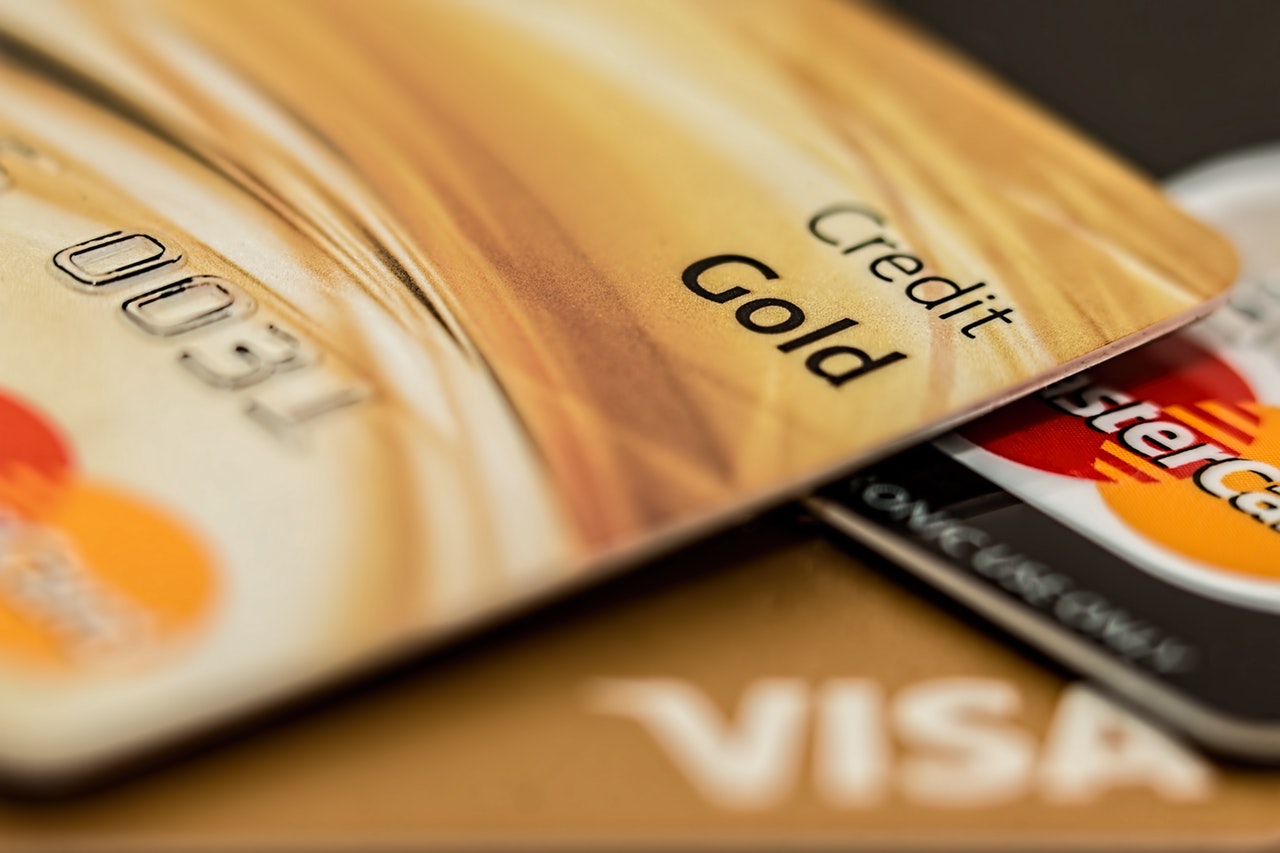
Of all the factors that can harm your SaaS, passive churn is perhaps the scariest. It sneaks up and steals away your customers before you’re able to do anything about it. Both you and your customer are unaware of the problem until it’s too late.
While some amount of churn is inevitable, passive churn is not. You can take measures to stop passive churn from happening. In this post, we’ll discuss how to identify and prevent this dangerous type of churn.
What Is Passive Churn?
There are two types of churn: Active and Passive.
We’re more wired to respond to active churn than passive churn. In active churn, customers decide that they want to leave. The decision to leave isn’t usually the culmination of one dramatic event. It can often be triggered by a lot of smaller issues that snowball into a vague dissatisfaction over time.
Perhaps they’re unhappy with the quality of your product or service. Perhaps they didn’t like your prices. Perhaps they weren’t in love with your customer service or tech support. Whatever the case, active churn is a conscious decision that a customer makes once they’ve decided that you’re not the right fit for their needs.
On the other hand, passive churn isn’t quite that deliberate on the customer’s part. It’s more about what the customer doesn’t do. For example, they don’t update their credit card information, which leads to a declined charge when it’s time for renewal. The customer may not even be aware that their credit card has expired until they attempt to access your services days or weeks after the fact. Then, when facing reactivation, it can seem like such a hassle that the customer decides to cut their losses and try out the competitor.
In a nutshell, passive churn is the inevitable result of failed payments and poor communication. It’s also known as involuntary churn because customers aren’t canceling their subscription deliberately.
Passive churn can have bitter effects on both you and your customer.
For the customer, a failed payment and a lack of follow up leads to a disruption of service. It can be annoying to your customers and may lead to dissatisfaction with your customer service.
For the SaaS, passive churn kills a customer before they mature. How much money did you spend to acquire the lead and then to convert that lead into a customer? If the customer then churns prematurely, you’ve lost money. For example, if it costs you $50 for acquisition and conversion, but the customer churns after one cycle of $20, you’re in the deficit for $30.
The good news is that you can create a strategy for combating the various types of passive churn. Below, we’ll discuss how.
How to Prevent Passive Churn
How do you solve a problem like passive churn?
It starts by getting specific about the type of passive churn you want to prevent. To be successful, you shouldn’t make a vague declaration about wanting to improve your overall retention rate. Instead, take a look at what’s driving churn, and make an action plan for each of those factors.
Because we’re focused on passive churn in this post, make a list of all of the reasons why your customers may be leaving unintentionally. This answer will be unique to you, but here are some of the most common reasons for passive churn:
- Credit card expired
- Debit card payment denied due to insufficient funds
- Credit card limit reached
- Payment processor/ gateway problems
- Incorrect account information (such as transposed credit card numbers, address could not be varied)
- New credit card issued due to loss or theft
Send Notifications Before Payment Fails
In an attempt to recoup your losses, send out a pre-dunning email right before the credit card is set to expire. Here at Stunning, we’ll also attempt to update their billing information automatically, but you can still ask your customer to update their information accordingly.
Let Your Customers Know When Payment Fails
Reach out to customers immediately about failed payments. There’s no faster way to reach a customer than through their cell phones. Send out an SMS immediately after a failed payment (but consider delaying that message until the appropriate hour if you process at midnight).
Once the customer receives the SMS, they’ll be able to click a link that takes them to a billing update page. No fiery hoops to jump. Reducing friction will also reduce churn.
Try Reprocessing a Declined Card

Sometimes, a credit card that declines one day will be approved the next. This is especially true if you’re collecting payment at the end of the month when credit card limits may be reached. Make it a policy to attempt two payment processes before reaching out to the customer (assuming that the failure wasn’t due to expiration).
Collect Past Due Payments
The credit card is updated. Life is good. Now, you’re faced with a choice:
In an attempt to recoup your losses, you can collect on any unpaid invoices. Invoices accumulate if the customer has gone some time before renewing their payment information. However, it’s only fair to charge this fee if you’ve allowed the customer access to your service while waiting for payment. If the account was put on hold until payment was received, then it may be in poor taste to ask for back payment for services that the customer could not access.
However, if you’ve given the customer access to their account (even on a limited basis) and the customer has accumulated more than one unpaid invoice during that time frame, you have the option to collect those payments, too. Some businesses choose to waive these extra charges in order to score good will with their customers, and others only charge for the most recent unpaid invoice.
It’s often a wise choice to put the account on hold (but not canceled) until payment issues are solved. Have a time limit and restrict the customer’s access to their account until they can pay their balance due.
Provide Customers With 24/7 Access to Payment Information

Customers should be able to log into their account and update their payment information anytime they’d like. Ensure that there are no delays or barriers that could prevent your customers from accessing their account when necessary.
Make It Easy to Update Credit Card Details
When notifying your customer about an expiring or declined credit card, make it easy for them to update their information. Remember that the majority of emails are opened on mobile devices. Plan out the customer’s path accordingly.
Don’t require that your customers login to pay or to update their card information. With the right security protocols in place, your customers shouldn’t have access to the old credit card information anyway. From your email, customers should be taken to a secure, encrypted page in which they can update their credit card details and approve of any pending charges. With Stunning, this can happen on your domain or on ours — whichever you prefer!
Final Thoughts
The silver lining about passive churn is that your customer doesn’t actually want to leave. Preventing involuntary churn is all about finding strategies to quickly resolve failed transactions. Learn more about how Stunning can reduce passive churn here.



